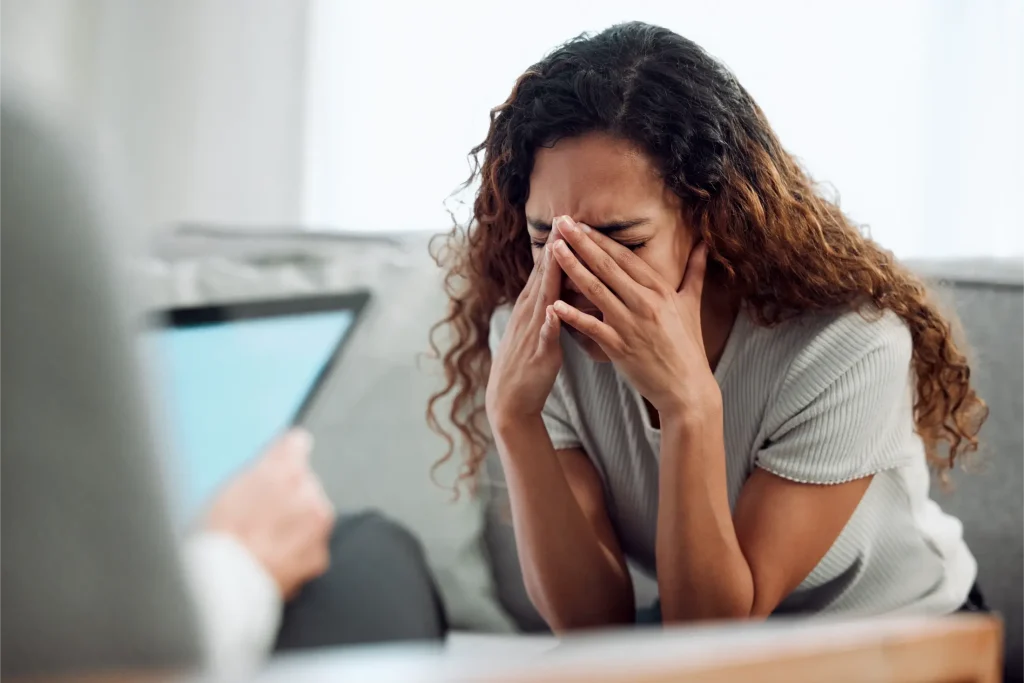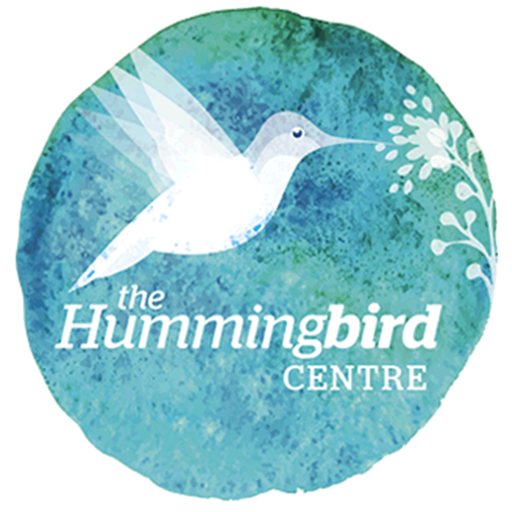What is PTSD?
Post traumatic stress disorder (PTSD) can occur through personally experiencing or witnessing traumatic events, learning about such events happening to someone close to you, or repeated or extreme exposure to distressing details of traumatic events. These events can include exposure to experiences such things as death or threats of death, serious injury, violence, abuse, or distressing details of traumatic events. In PTSD this then results in symptoms which can include:
- Repeated distressing memories of the traumatic event(s).
- Recurring distressing dreams/nightmares.
- Reliving the traumatic event through things like flashbacks and other dissociative reactions leading one to feel/behave like the trauma is happening again.
- Feeling detached or like oneself or your surroundings are not real or distant.
- Intense or prolonged distress when exposed to reminders of the traumatic event(s).
- Strong avoidance of reminders of the traumatic event(s) or thoughts or feelings associated with the traumatic event(s).
- Negative changes in mood and thoughts associated with the traumatic events, which may include:
- Loss of memory for important aspects of the event;
- Strong, persistent negative beliefs about oneself, others, or the world, or distorted beliefs about the cause or consequences of the traumatic event (e.g. self-blame);
- Persistent negative emotions such as fear, anger, guilt, or shame;
- Decreased interest or participation in important activities;
- Feeling detached or estranged from others;
- Significant difficulties experiencing positive feelings (e.g. happiness, loving feelings).
- Substantial changes such as increased emotional reactivity, irritable or angry behaviour, self-destructive behaviour, hyper-alertness, easily startled, difficulties concentrating, and sleep problems.
These symptoms continue for longer than a month, cause significant distress, and interfere with important aspects of life such as work or relationships. Other mental health problems can co-occur with PTSD including depression and anxiety, or dissocation / dissociative identity disorder.

Treatment for PTSD
There are a number of effective therapies available to treat PTSD, including Eye Movement Desensitisation and Reprocessing (EMDR), Trauma Focused Cognitive Behaviour Therapy (TF-CBT), Cognitive Processing Therapy (CPT), and Neurofeedback. Your treating doctor can also speak to you about medications that are used in the treatment of PTSD.

Mental Health Symptoms
Symptoms of these particular conditions will vary, but the most common symptoms seen in anxiety include:
- Frequent excessive worry and anxiety
- Difficulty managing the worry/anxiety
- Feeling restless or on edge
- Insomnia
- Appetite changes
- Feeling overwhelmed and/or panicked
- Difficulty with concentration, attention, or memory
- Difficulty making decisions
- Irritability
- Fatigue
- Social withdrawal
Physical Symptoms
Anxiety can have some of the following effects on your body, and even some other effects that aren’t listed here, everyone is different:
- a churning feeling in your stomach
- feeling light-headed or dizzy
- pins and needles
- feeling restless or unable to sit still
- headaches, backache or other aches and pains
- faster breathing
- a fast, thumping or irregular heartbeat
- sweating or hot flushes
- problems sleeping
- grinding your teeth, especially at night
- nausea (feeling sick)
- needing the toilet more or less often
- changes in your sex drive
- having panic attacks
- Muscle tension
- Shortness of breath, rapid or shallow breathing, or holding your breath
- feeling shaky

The good news is that there are very effective treatments for anxiety disorders. Mental health professionals like psychologists and social workers can assist you to address symptoms of anxiety using a range of therapeutic models such as Cognitive Behaviour Therapy (CBT), Acceptance & Commitment Therapy (ACT), Mindfulness Based Cognitive Therapy (MBCT), and Exposure Therapy, among others. A number of therapeutic interventions are introduced, which may include:
Education about anxiety, symptoms, and the factors that increase or reinforce anxiety
- Identification and self-monitoring of symptoms
- Improving sleep
- Relaxation training and breathing exercises
- Mindfulness and meditation
- Increasing exercise and physical activity
- Pleasant activities
- Problem solving
- Behavioural experiments
- Skill development (e.g. social skills training, increasing independence, mastery, and confidence)
- Exposure treatment
- Cognitive strategies to address unhelpful thinking patterns and worried thoughts
- Improving social support and relationships/interactions or managing conflict
- Stress management
Helpful Websites
Further information about anxiety can be found at the following websites:
Useful Apps
Apps can be useful to monitor and manage anxiety. Here is a list of apps that you may wish to consider to get started:
- Smiling Mind
- MyLife Meditation (previously Stop, Breathe & Think)
- Self Help for Anxiety
- Management (SAM)
- Happify: For Stress & Worry
- What’s Up?
- Breathe2Relax
- Medito (for meditation and sleep)
- Mindshift
- Calm
Our clinicians at The Hummingbird Centre are skilled and experienced in assisting people to address anxiety and improve their quality of life.


